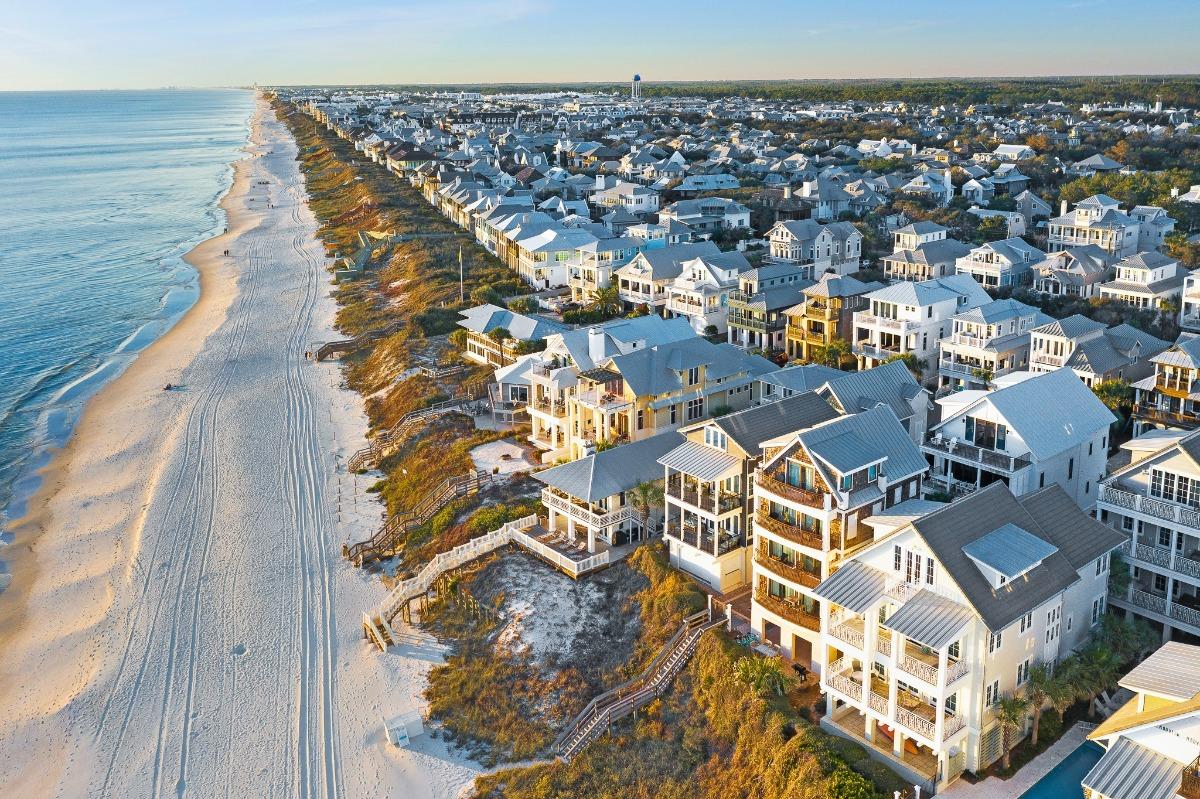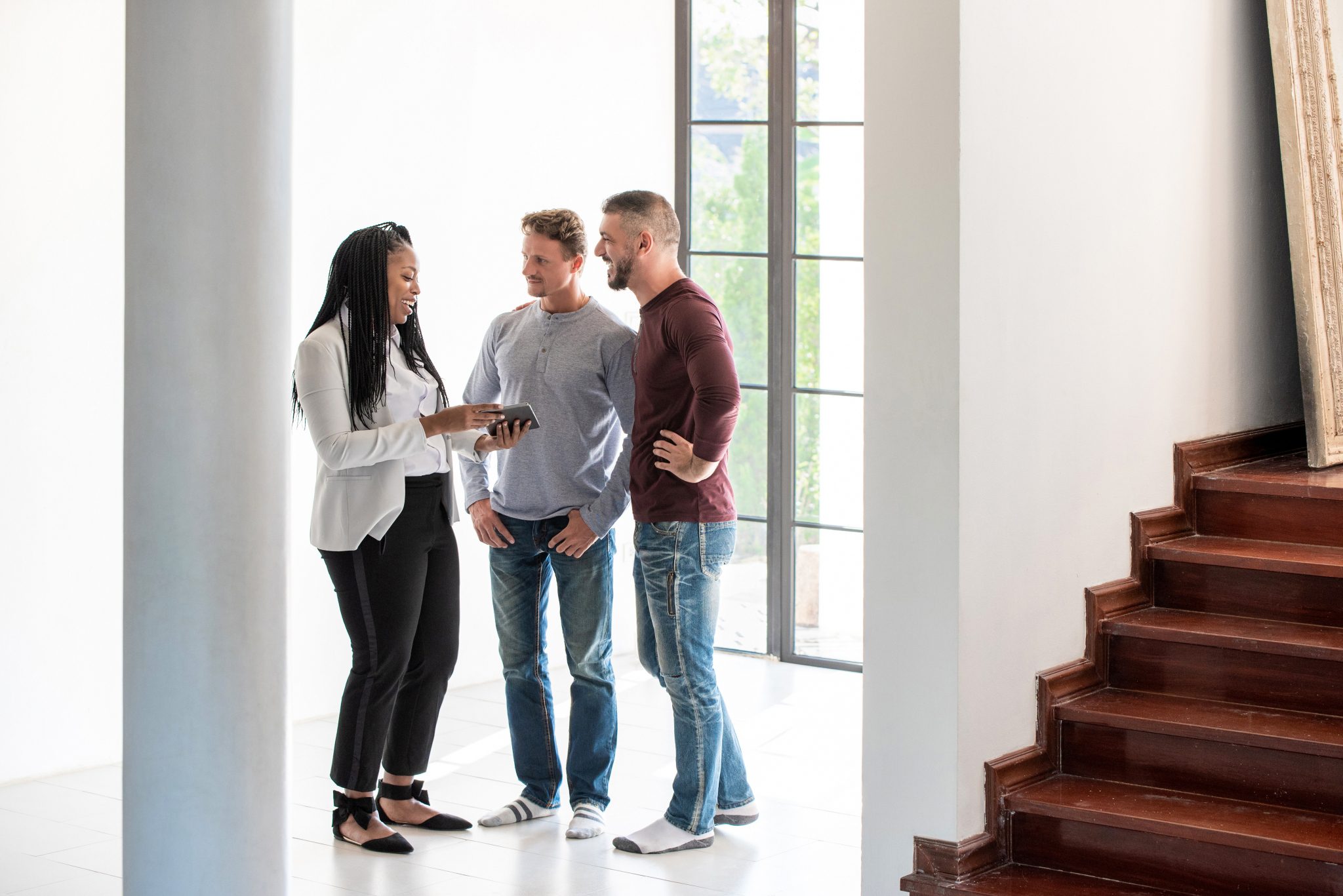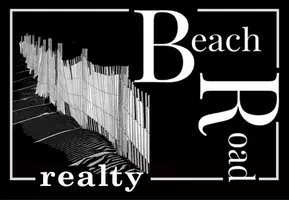
AS A 19 YEAR CYCLE ENDS A NEW CYCLE BEGINS
The spreadsheet shows data for average and median sale prices from 2005 to 2024, revealing several distinct cycles in the local real estate market: Pre-2008 Boom (2005-2007): Average sale price increased from $932,996 in 2005 to $1,044,104 in 2007 Median sale price rose from $704,125 to $778,500

THE IMPACT OF ECONOMIC SHIFTS ON RESORT REAL ESTATE IN FLORIDA'S EMERALD COAST
The resort real estate market in Destin, Miramar Beach, Santa Rosa Beach, and Inlet Beach is experiencing a notable shift as we move through 2025. Several economic factors are converging to create a unique landscape for buyers and sellers in these sought-after Florida destinations. Researched and Wr

Destin, Santa Rosa Beach, and Inlet Beach Resort Markets: The 2025 Window of Opportunity
As we move past the presidential election and inauguration, the real estate market in Florida's Emerald Coast is presenting a unique opportunity for savvy buyers and sellers. Despite the distractions of political change, the current market conditions offer a rare chance for those looking to make a

NAVIGATING THE SHIFTING SANDS: REAL ESTATE TRENDS IN DESTIN, 30A, AND BEYOND (2013-2025)
The Emerald Coast—encompassing Destin, Miramar Beach, Santa Rosa Beach, 30A, and Inlet Beach—has long been synonymous with idyllic coastal living and a robust real estate market. But like the tides, the market ebbs and flows, creating both challenges and opportunities for buyers and sellers alike. A
Categories
Recent Posts









